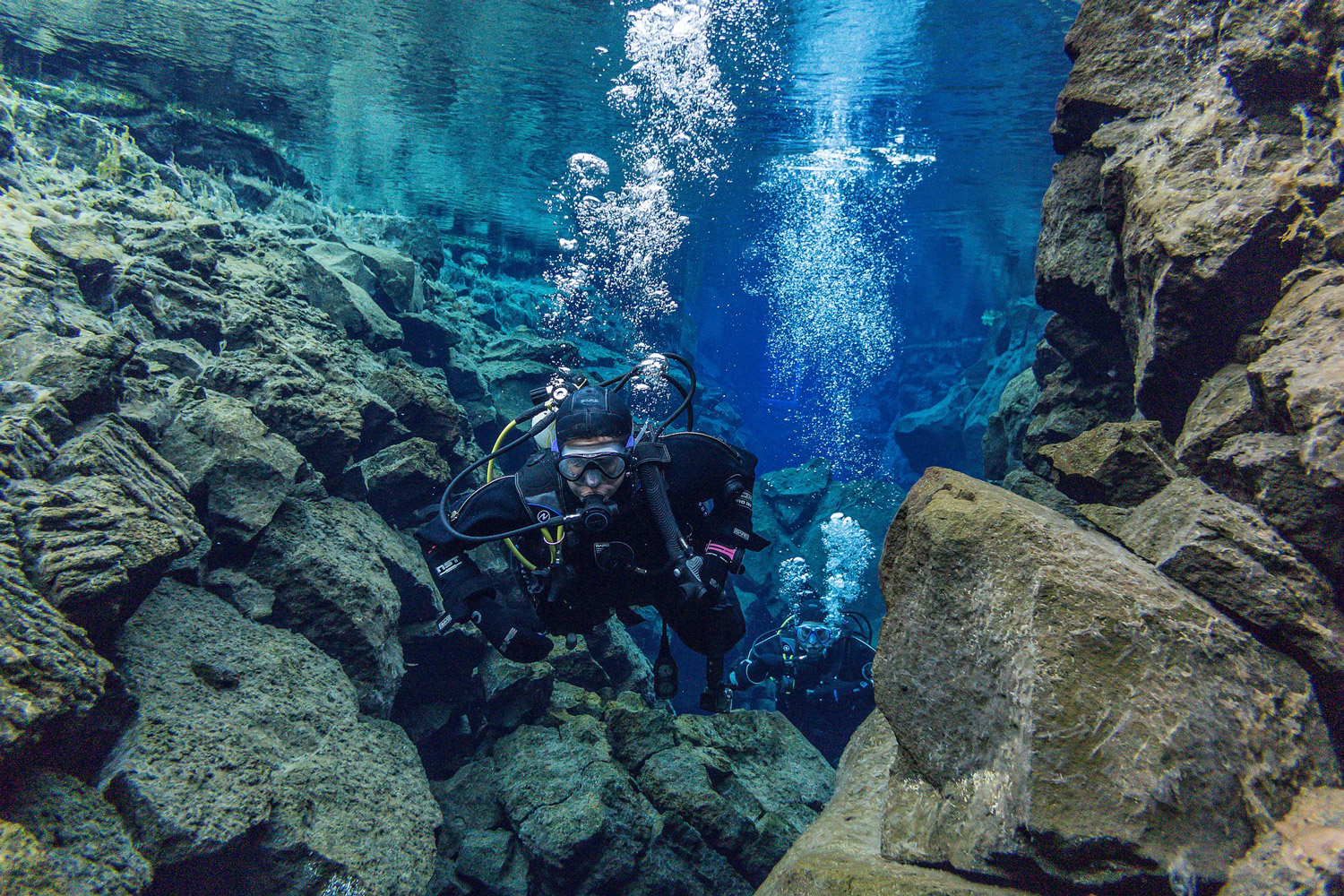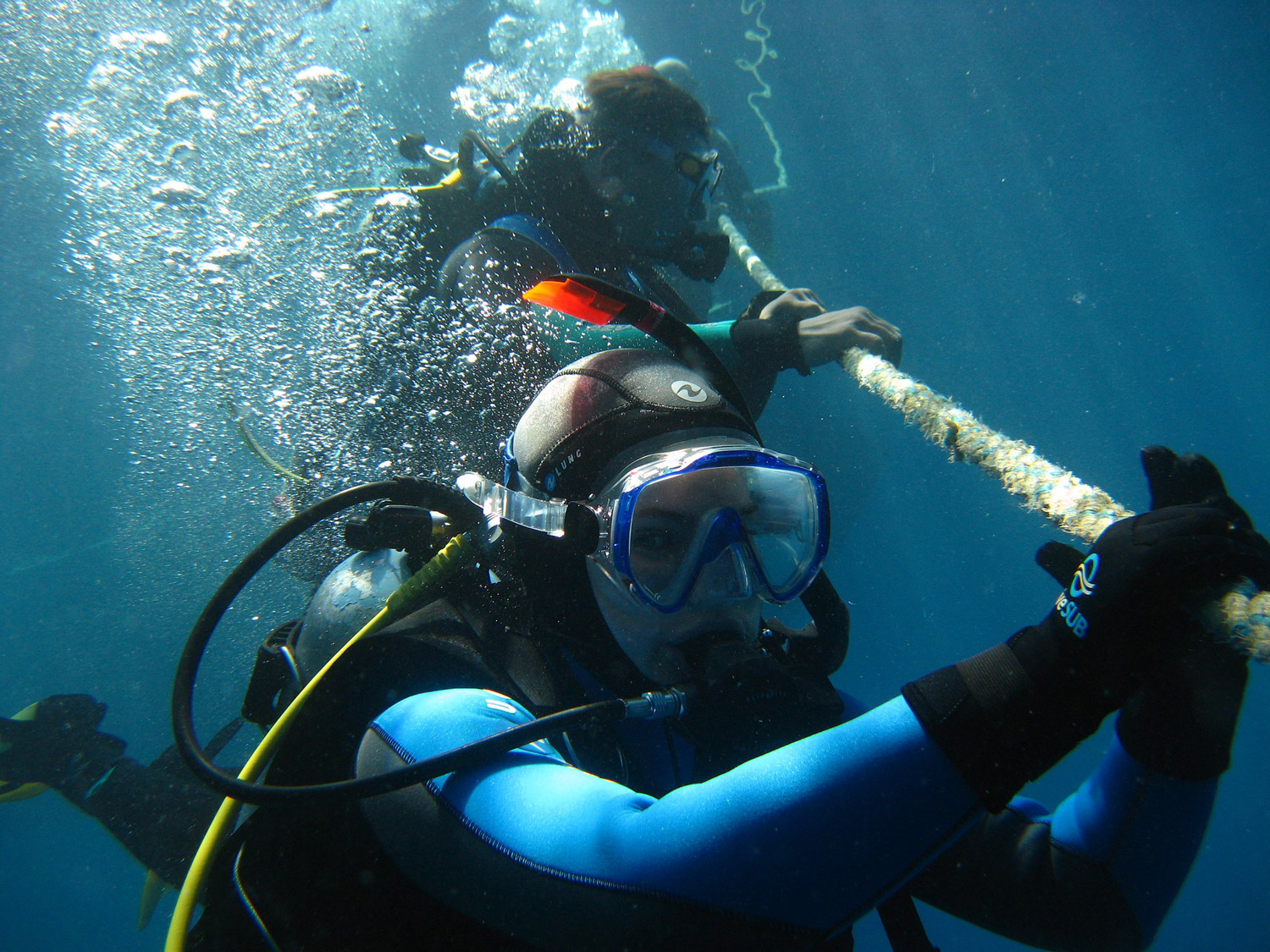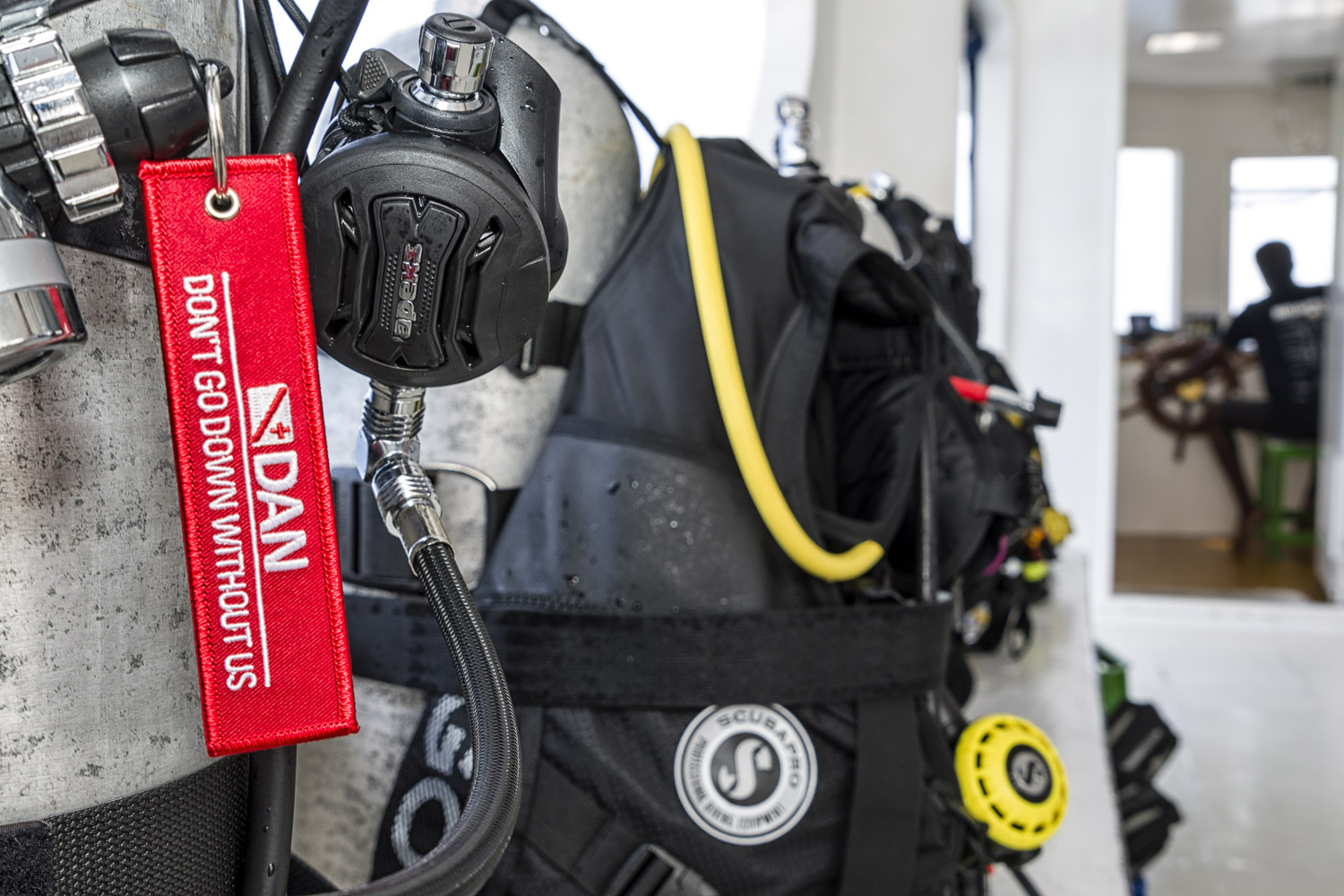Medical line
More Than Just Bubbles
Diving grants us a great freedom to explore. It offers the opportunity to experience what most people see only on film. As terrestrial creatures, we are all adapted to the aquatic world but nonetheless eager to survey its wonders. For divers new to the sport as well as seasoned veterans, each dive is unique and requires diligent preparation prior to entering the water. Divers recognize that any excursion into or under the water carries with it some risk of injury. The question is – do we actually pay most of our attention to the greatest risks to our health and safety?
In numerous articles, seminars and presentations, DAN is a vocal advocate for physical and mental preparation prior to diving, including physical fitness, equipment maintenance and skills training. In practice, however, decompression sickness (DCS) frequently becomes the ultimate focal point. DCS is very well represented throughout DAN’s publications and research and also forms an integral part of all introductory dive training programs. Ironically, however, DCS is actually relative rare compared to so many other common injuries and ailments that may occur while diving or while on a diving trip. Moreover, DCS is neither the most severe injury nor it is the most likely to be fatal. So, what is the greatest risk to divers?

What Harms Divers?
DAN has been gathering dive injury and fatality statistics for more than 30 years. In 2008 a team of researchers led by Dr. Petar Denoble, senior director of DAN Research, published a paper on the causes underlying dive fatalities. While the ultimate endpoint is often classified as drowning, the triggering events that lead to these deaths provide insight into how such accidents may be avoided. For instance, health-related problems such as heart disease, account for approximately 26 percent of dive fatalities. Other triggering events like running out of gas contribute 41%; entrapment – 20% – or trouble with equipment – 15%. This illustrates the fact that the majority of dive fatalities stem from human factors.1 This is a recurring theme throughout the published literature on accidents and mishaps in other fields such as medicine and aviation. It also points to the importance of procedures, consistent practices and a disciplined focus on accident avoidance.
Running out of gas, entrapment and equipment problems — three human-related triggers — account for about 75% of dive fatalities. The common pathway toward in-water incapacitation in most of these cases was asphyxia or rapid ascent associated with pulmonary barotrauma (lung-overexpansion injury) and subsequent arterial gas embolism (AGE). In the unforgiving aquatic environment, incapacitation or unconsciousness usually results in drowning.
It is also important to emphasise the significance of AGE in the fatality statistics and differentiate it from DCS. AGE is far more likely to lead to drowning, as symptoms often occur while the diver is still in the water; onset is sudden, and often results in loss of consciousness. DCS, on the other hand, is almost never fatal in recreational diving.

DCS in Perspective
When considering all the effort that goes into DCS prevention – including extensive dive table training, dive planning, dive table calculations, completing logbooks, and the use of dive computers, divers tend to lose perspective of the fact that DCS is actually quite rare. DCS incidence rates are low in recreational diving (aggregated DCS incidence from all sources is 2 to 4 cases per 10,000 dives).2 In addition, DCS is rarely fatal and, at least among recreational divers, an uncommon cause of long-term disability. Please note that this is by no means an endorsement of unsafe decompression practices or an encouragement to slacken preventive efforts. Even though severe symptoms, long-term disability and death are indeed rarely associated with DCS, this is the result of conservative training standards, adherence to established protocols and diligent monitoring of nitrogen exposure. However, the point is that divers should not be so preoccupied with DCS prevention that they ignore all the other aspects of their diving activities, no matter how mundane they seem. We must, for example, ensure adequate air supplies and properly configured equipment. On a statistical basis, errors and omissions in these areas have much greater lethal potential than DCS.

Shifting the Focus
Decompression-related problems represent only a fraction of the injuries and medical problems that travelling divers experience. Dive trips often involve other forms of recreational activities and thus, additional sources of injury. Of the calls DAN receives from symptomatic individuals who receive evacuation or medical-care-coordination, about 70% have injuries that are unrelated to diving. This is a powerful statistic that points to other causative factors. Trauma tops the list as the single most common injury type: from broken legs to car accidents, our DAN’s evacuation services spend the most time on injuries acquired out of the water. So, whether cycling, driving, walking or riding a scooter, the risk of injury while out of the water certainly warrants attention. If you’re a diver who wears multiple computers to ensure adequate DCS prevention, don’t put all your safety eggs in that basket and forget to watch your footing on boat ladders. Increase your caution while travelling in areas that have different traffic patterns than those with which you are familiar. Crossing a street with cars travelling on the opposite side of the road is a common scenario for pedestrian injuries in tourists. Injury prevention is even more important in remote locations where the local quality of medical services may be deficient and transportation and evacuation to higher levels of medical care may cause delays to receiving optimal care and contribute to the additional complications.
Accidents are by definition unplanned. Our best defense against them is vigilance and education. These enhance our knowledge of possible hazards, guide our behaviors that reduce their likelihood, and make us anticipate problems before they occur. First aid and rescue diver courses don’t just teach people what to do when accidents happen; they also promote heightened awareness and a mindset of prevention.
Live safely, dive safely, and may all your dives and travels be accident- and injury-free.
References
1. Denoble PJ, Caruso JL, Dear GL, Pieper CF, Vann RD. Common causes of open-circuit recreational diving fatalities. UHM 2008, Vol. 35, No. 6.
2. Vann RD, Freiberger JJ, Caruso JL, Denoble PJ, Pollock NW, Uguccioni DM, Dovenbarger JA, Nord DA. Annual Diving Report. Divers Alert Network: Durham, NC, 2006; 99pp.
Before leaving for your next dive adventure, make sure your DAN membership is still active. If it isn't, join DAN or renew your membership at www.daneurope.org

